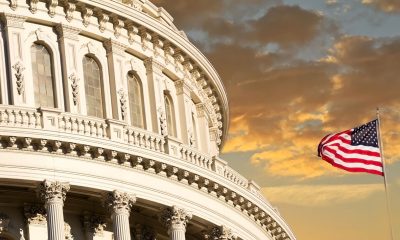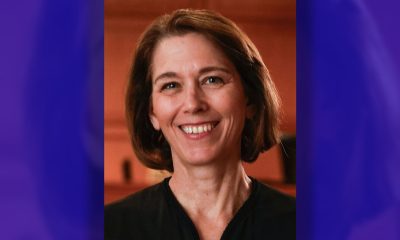Politics
It’s Not Just Right-to-Work: Bills Targeting Unions Multiply

In this Nov. 13, 2014 file photo, AFL-CIO President Richard Trumka speaks in Washington. Republicans lawmakers in statehouses nationwide are working to weaken organized labor, sometimes with efforts that directly shrink union membership. Walker’s signing of right-to-work legislation in Wisconsin on Monday puts his defiance of organized labor even more at the center of his nascent presidential campaign. And the inability of unions to exact a price for the first round of legislation targeting them in 2011 is encouraging even more proposals to limit their power. (AP Photo/Manuel Balce Ceneta, File)
JONATHAN MATTISE, Associated Press
NICHOLAS RICCARDI, Associated Press
CHARLESTON, W.Va. (AP) — It’s not just Gov. Scott Walker.
Republican lawmakers in statehouses nationwide are working to weaken organized labor, sometimes with efforts that directly shrink union membership. Walker’s signing of right-to-work legislation in Wisconsin on Monday puts his defiance of organized labor even more at the center of his nascent presidential campaign. And the inability of unions to exact a price for the first round of legislation targeting them in 2011 is encouraging even more proposals to limit their power.
The Republican wave in the November elections left many unions nationwide looking exceptionally vulnerable. In West Virginia, a union PAC spent $1.4 million trying to keep the statehouse in Democratic hands but couldn’t reverse the cultural trends turning the state red. Exit polls found that even union members were almost evenly split between the Republican and the Democrat in the major statewide race for U.S. Senate.
Now Republicans, in control of the state legislature for the first time since 1931, are taking advantage of their opportunity, pushing measures to expand non-union charter schools and scale back requirements that public projects pay higher, union-scale wages.
In Wisconsin, Walker beat back attempts to recall him after he signed a law limiting collective bargaining by public sector workers in 2011. His signature on the right-to-work law now makes Wisconsin the 25th state to ban contracts that force all workers to pay union dues. Both he and Michigan Gov. Rick Snyder, who signed a right-to-work law in 2012 and was also opposed by unions, won re-election in November.
“Their examples were inspiring,” said Victor Joecks of the Nevada Policy Research Institute, a conservative think tank whose ideas for limiting labor power have been embraced by Republicans who have taken over that state’s legislature for the first time since 1929. The message, he said, was, “Hey, this is possible, and it’s better for the state, and the taxpayers appreciate it.”
With many legislative sessions just beginning, nearly 800 union-related bills have been proposed in statehouses, according to the National Conference of State Legislatures.
President Barack Obama expressed his concern about the latest Wisconsin move and the general assault on unions.
“It’s inexcusable that, over the past several years, just when middle-class families and workers need that kind of security the most, there’s been a sustained, coordinated assault on unions, led by powerful interests and their allies in government,” Obama said in a statement Monday. “I’m deeply disappointed that a new anti-worker law in Wisconsin will weaken, rather than strengthen workers in the new economy.”
A right-to-work bill passed the lower house of the Missouri Legislature, though it’s likely to be vetoed by the state’s Democratic governor. Indiana is also moving to eliminate requiring union-level wages on public projects. Nevada is considering a wide range of proposals, including legislation that would let local governments dissolve collective bargaining agreements in times of economic hardship. Illinois’ new Republican governor, Bruce Rauner, signed an order prohibiting government unions from automatically collecting dues from members.
Even local governments are getting in on the action — several Kentucky counties are implementing right-to-work measures even though the state, with its House still controlled by Democrats, does not have such a law.
The proposals’ sponsors say they want to save taxpayers money and create jobs. There is also a political consequence.
Labor provides Democrats with crucial cash and volunteers in campaigns, but its political value to the party extends even farther. Belonging to a union increases the odds of a voter supporting Democrats, and labor increases the participation of lower-income voters who tend to back Democrats, said Roland Zullo of the University of Michigan’s Institute of Labor and Industrial Relations. “If you have more unions, you have higher rates of voting, especially in places that are poor,” he said.
Much of the impact of new laws has come in the vote-rich rust belt, where Republicans hope states with whiter and older populations, such as Wisconsin and Michigan, will eventually side with them in presidential elections to counter the loss of states in the South and West with younger and more diverse populations. In Wisconsin, public-sector union membership shriveled after Walker’s 2010 law and the proportion of workers in unions shrank from 14 percent to 11 percent. Hundreds of union members protested against the right-to-work legislation in the state capitol recently but admitted most were demoralized.
“People have lost faith,” said Eric Gates, a union member from the town of Menasha, 35 miles southwest of Green Bay.
Michigan experienced the sharpest loss of union members in the nation in the last two years, when its right-to-work law went into effect, according to federal data. But union officials also trace the loss to another 2012 measure, which received less attention: a law declaring that 42,000 in-home health care workers were no longer eligible to be represented by a union. Unions were unable to overturn the measure at the ballot box.
“They’re decreasing our ability to back supporters of our issues, whether they’re Democrats or Republicans,” said Marge Robinson, president of SEIU Health Care Michigan, which lost four-fifths of its membership as a result but still tries to communicate with many of the aides. “Even though we try to keep them as much engaged as possible, they’re all on their own, they’re not in an organization that works together.”
In Ohio, where unions reversed an effort to eliminate collective bargaining by government workers, GOP Gov. John Kasich still cruised to re-election last year.
Union membership has been steadily declining since the 1980s, when it measured at 20 percent of all workers. In 2014, only 11.1 percent nationally belonged to a union. James Sherk, a labor economist at the conservative Heritage Foundation, said the shrinkage in membership in Michigan may be due to trends other rather than the recent legislation. He noted that Democrats have joined Republicans on some measures that unions oppose, like pension reform and tougher standards for teachers.
If there’s a bright side for labor, it’s that things could be even worse. Given how many states Republicans control, Sherk said, there could be many more challenges to labor than have emerged.
___
Associated Press reporter Dana Ferguson in Madison, Wis., contributed to this report.
Copyright 2015 The Associated Press. All rights reserved. This material may not be published, broadcast, rewritten or redistributed.
Activism
Oakland Post: Week of December 10 – 16, 2025
The printed Weekly Edition of the Oakland Post: Week of – December 10 – 16, 2025
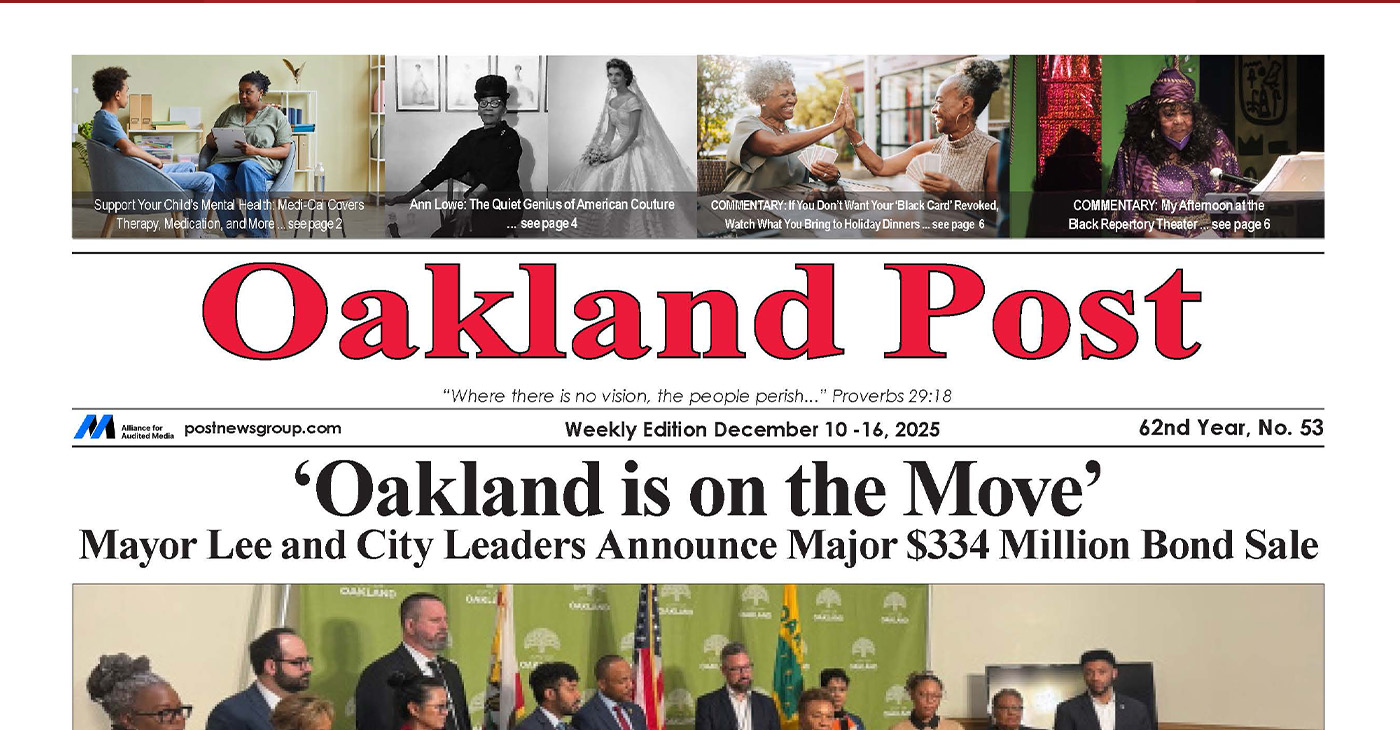
To enlarge your view of this issue, use the slider, magnifying glass icon or full page icon in the lower right corner of the browser window.
Activism
Oakland Post: Week of November 26 – December 2, 2025
The printed Weekly Edition of the Oakland Post: Week of November 26 – December 2, 2025
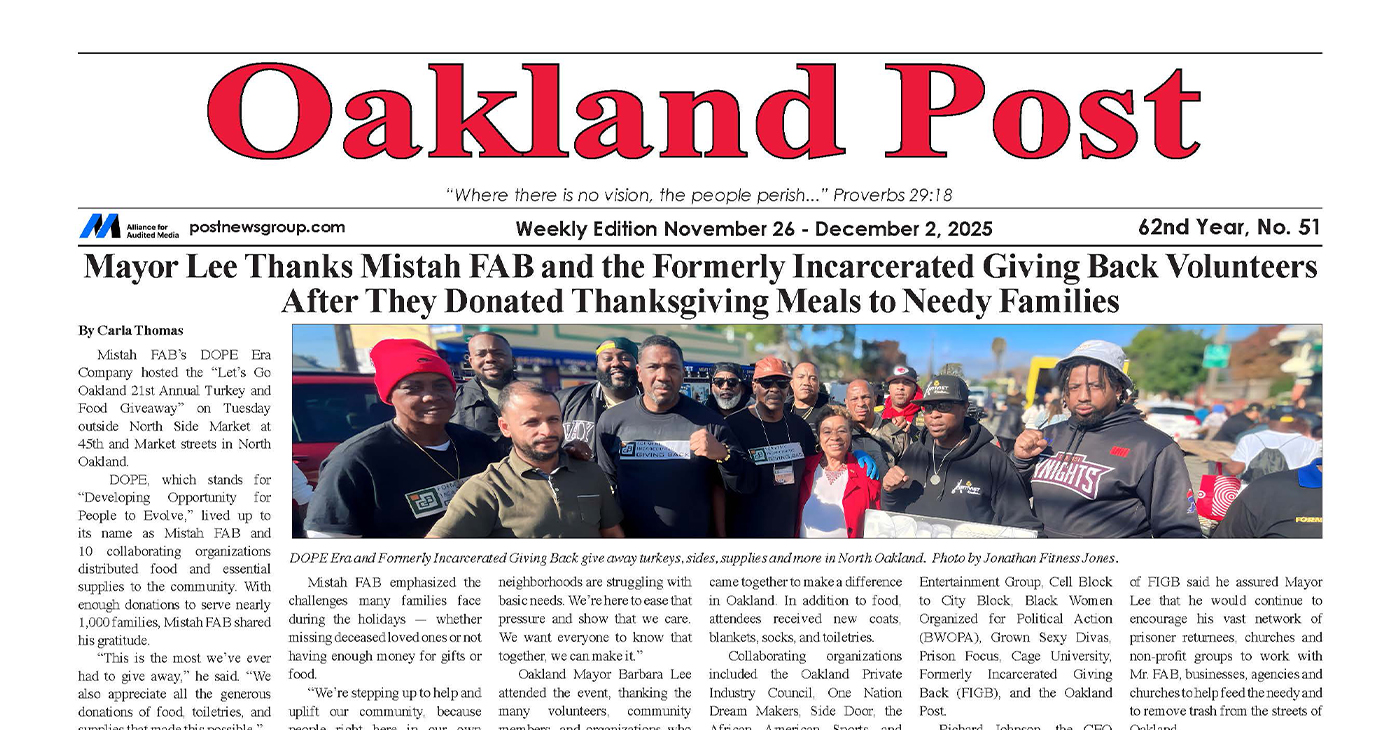
To enlarge your view of this issue, use the slider, magnifying glass icon or full page icon in the lower right corner of the browser window.
Activism
Oakland Post: Week of November 19 – 25, 2025
The printed Weekly Edition of the Oakland Post: Week of November 19 – 25, 2025
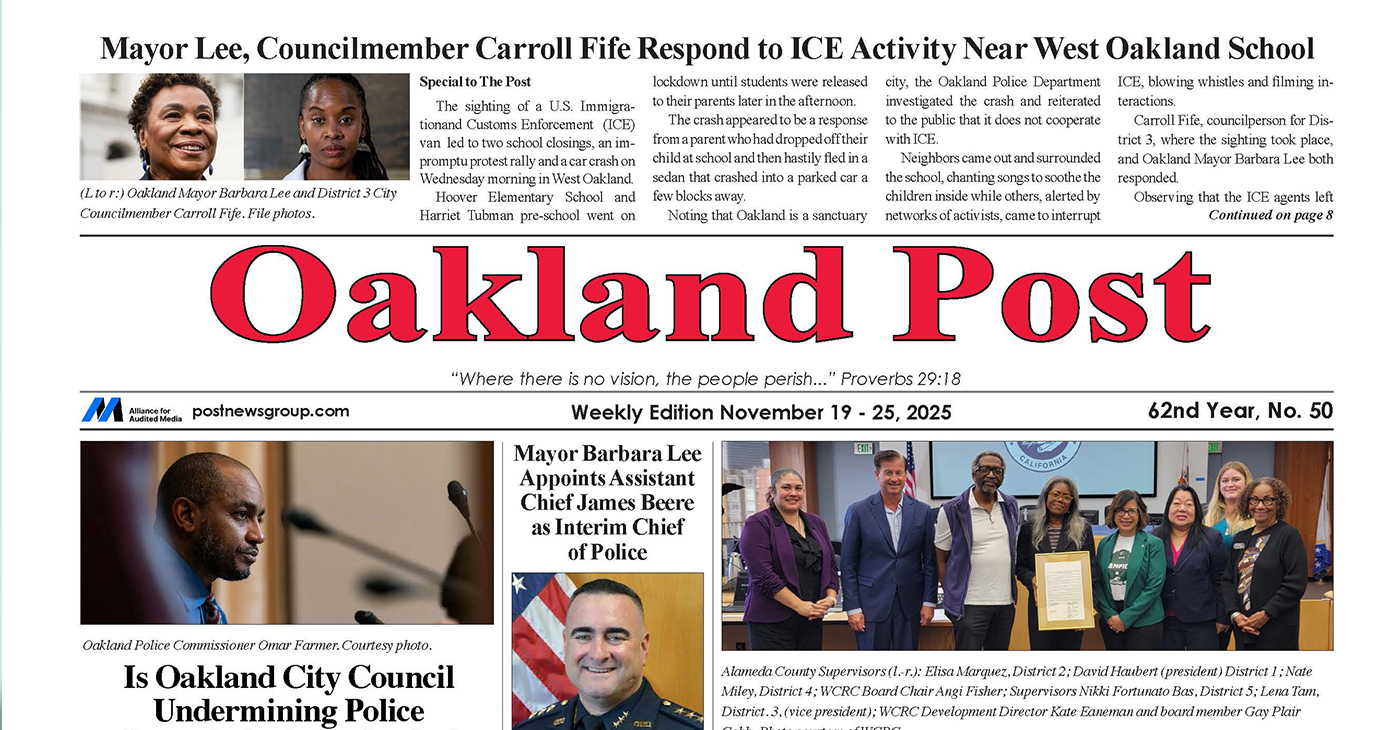
To enlarge your view of this issue, use the slider, magnifying glass icon or full page icon in the lower right corner of the browser window.
-
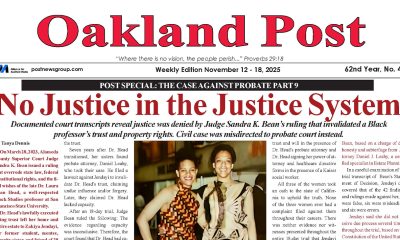
 Activism4 weeks ago
Activism4 weeks agoOakland Post: Week of November 12 – 18, 2025
-

 Activism3 weeks ago
Activism3 weeks agoIN MEMORIAM: William ‘Bill’ Patterson, 94
-

 Activism4 weeks ago
Activism4 weeks agoHow Charles R. Drew University Navigated More Than $20 Million in Fed Cuts – Still Prioritizing Students and Community Health
-

 Bay Area4 weeks ago
Bay Area4 weeks agoNo Justice in the Justice System
-

 #NNPA BlackPress3 weeks ago
#NNPA BlackPress3 weeks agoBeyoncé and Jay-Z make rare public appearance with Lewis Hamilton at Las Vegas Grand Prix
-

 #NNPA BlackPress3 weeks ago
#NNPA BlackPress3 weeks agoLewis Hamilton set to start LAST in Saturday Night’s Las Vegas Grand Prix
-
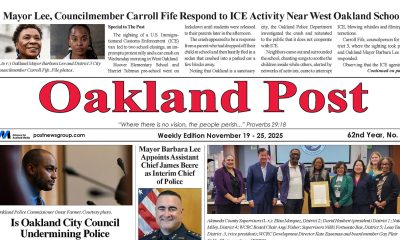
 Activism3 weeks ago
Activism3 weeks agoOakland Post: Week of November 19 – 25, 2025
-

 #NNPA BlackPress4 weeks ago
#NNPA BlackPress4 weeks agoThe Perfumed Hand of Hypocrisy: Trump Hosted Former Terror Suspect While America Condemns a Muslim Mayor



